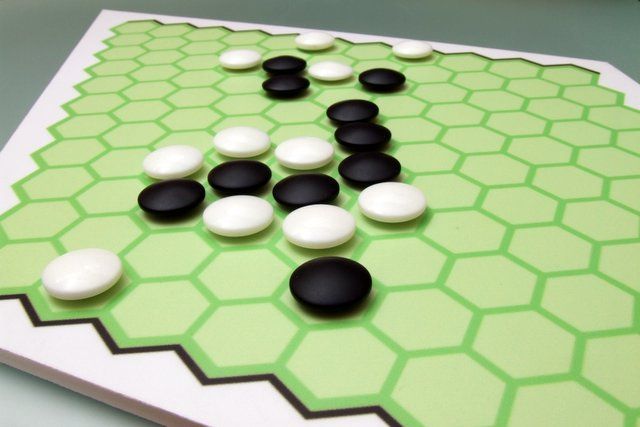Hex (1942) Board Game
Hex is an abstract strategy game that was invented independently by two mathematicians, Piet Hein and John Nash, in in 1942. The game is played on a hexagonal grid and involves players trying to connect two opposite sides of the board with their own colored pieces. It has gained popularity over the years as a challenging and strategic game for two players.
Game Components of Hex
How To Setup Hex
To set up Hex, place the diamond-shaped board in the middle of the playing area. Ensure that the board edges are clearly marked with the colors corresponding to each player. Each player chooses a color (black or white) and places their stones next to the board. The game is ready to start once both players agree on the setup.
Gameplay Mechanics and Game Objective
Player Experience
Playing Hex can be a deeply engaging and strategic experience. The simplicity of the rules belies the complexity of the game, making it appealing to both casual players and serious strategists. As players alternate moves, they must think several steps ahead to block their opponent’s connections while building their own. The game’s inability to end in a draw, thanks to the Brouwer fixed-point theorem, ensures that every game will have a winner.
Pros
Cons
Personal Thoughts on Hex
Hex is a game for those who enjoy strategic thinking and are fascinated by the intersection of mathematics and gameplay. It is ideal for players who appreciate abstract strategy games and are willing to invest time in mastering its nuances. While it can be challenging, the rewarding experience of outmaneuvering an opponent makes it a compelling choice for both casual and serious gamers.
We are supported by our audience. When you purchase through links on our site, we may earn an affiliate commission, at no extra cost for you. Learn more.

